First Drive: Aston Martin’s Desert-Taming DBX Is a Trailblazer in More Ways Than One

Click here to read the full article.
As the new Aston Martin DBX rolls into the valet at the Shangri-La Barr Al Jissah Resort & Spa, in Oman, its auspicious entrance causes a stir for a couple of reasons. Sure, this is Aston’s first SUV and, as such, certainly stands out against the Arab nation’s predominance of taxis and workaday utes. But the sticker-clad example I’m in happens to be tattooed with Jackson Pollock–like splats of mud, defying the Omani law that cars must be clean. The opportunity to be among the first to get the DBX dirty, however, is worth the risk.
Aston Martin has endured no shortage of tumult throughout its 107-year history, not the least of which has been staying solvent during an age when more generously funded carmakers thrive by selling oodles of automobiles. In answer, the British marque has finally resorted to the tactic adopted by Bentley, Lamborghini, Rolls-Royce and nearly every other world-class brand: It built a crossover.
More from Robb Report
The First 3 Aston Martin Hybrid Valkyrie Prototypes Come Out to Play
Aston Martin Is Finally Debuting a Vantage Roadster Just in Time for Summer
First Drive: Rolls-Royce's Hopped-Up Cullinan Black Badge Is Not Your Daddy's SUV
The word “bespoke” gets tossed around a lot and, yes, one could talk about the DBX’s tailored leather bits and imaginative interior details until the barbed-wire-free cows come home. But I’m focused more on the individualized underpinnings than cosmetics, primarily because the one-off I’m driving is a preproduction prototype that’s approximately “80 percent there,” according to chief engineer Matt Becker.
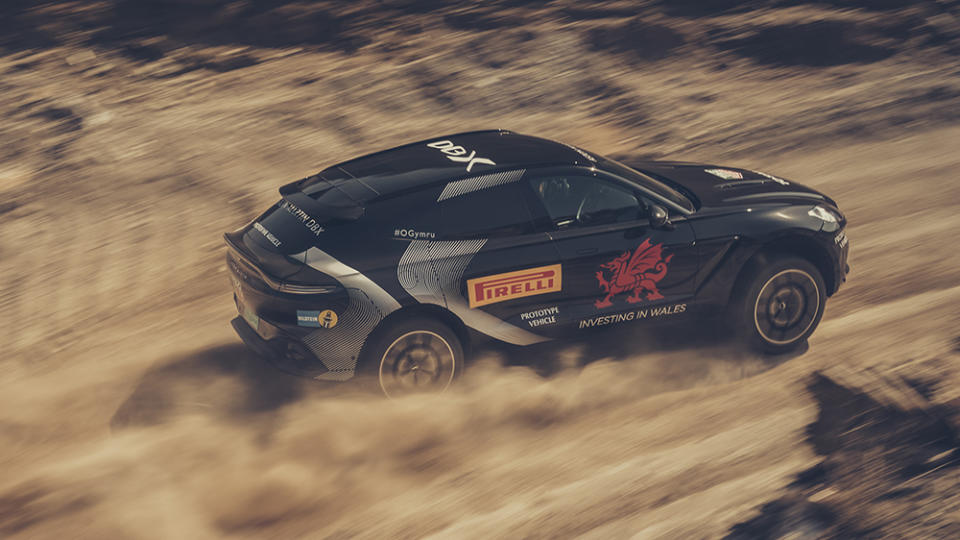
Crucial to the test-drive is that the DBX rides on a unique chassis, incorporating a number of components specifically made for all-terrain duty. While the Mercedes-AMG-sourced 4.0-liter, twin-turbo V-8 is similar to the power plant used in the eight-cylinder versions of Aston’s DB11 and Vantage, this one has an additional 39 hp, presenting a lustier 542 hp and 516 ft lbs of torque. Six drive modes manage everything from the engine’s power delivery to the stiffness and ride height of the 48-volt active anti-roll suspension system, transforming the SUV from flinty boulevardier to floaty soft-roader.
As I learned on a meandering trail that cuts through Oman’s desert landscape, the fun really begins in Sport Plus mode, which hunkers the body closer to earth and directs nearly 100 percent of the power to the rear wheels. In this leaner, meaner mode, the DBX impersonates a purebred sports car, opening valves to produce a blatty, throaty exhaust note. In its sharpest setting, the vehicle feels taut and responsive, seemingly shrinking its bulk to corner easily. Switch the stability control off, and the DBX can accomplish controlled four-wheel drifts (trust me). Choose the dirt-ready Terrain mode instead, and the three-chamber suspension can lift nearly 2 inches, enabling the elegantly sculpted SUV to wade through 19.7 inches of water.
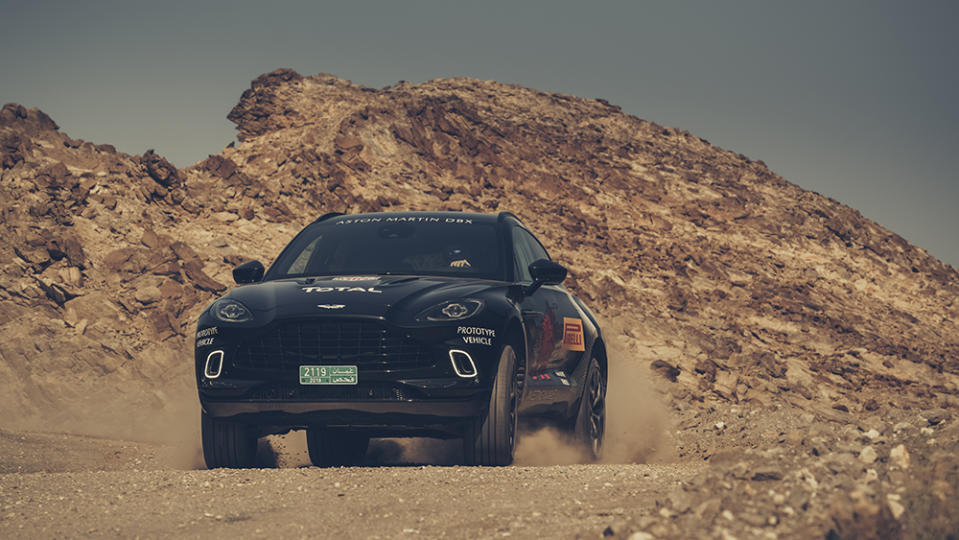
On the street, however, the versatile machine comports itself much like the company’s sedans and coupes, only with a taller presence. With the DBX, Aston Martin has joined the burgeoning sport-utility market in its own distinct style, ensuring that the final product will firmly imprint upon the hearts and minds of enthusiasts as a real trailblazer for the brand.
Check out more photos of the DBX below:
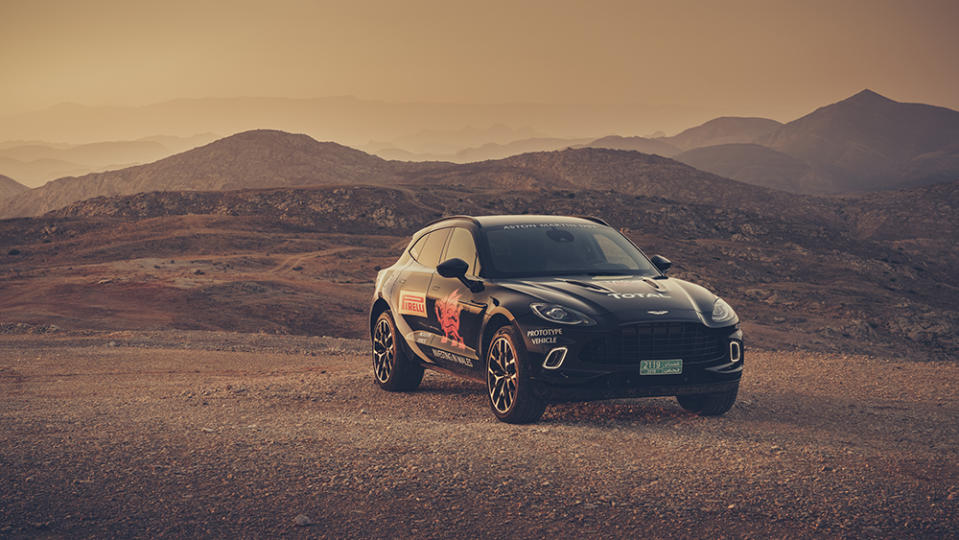

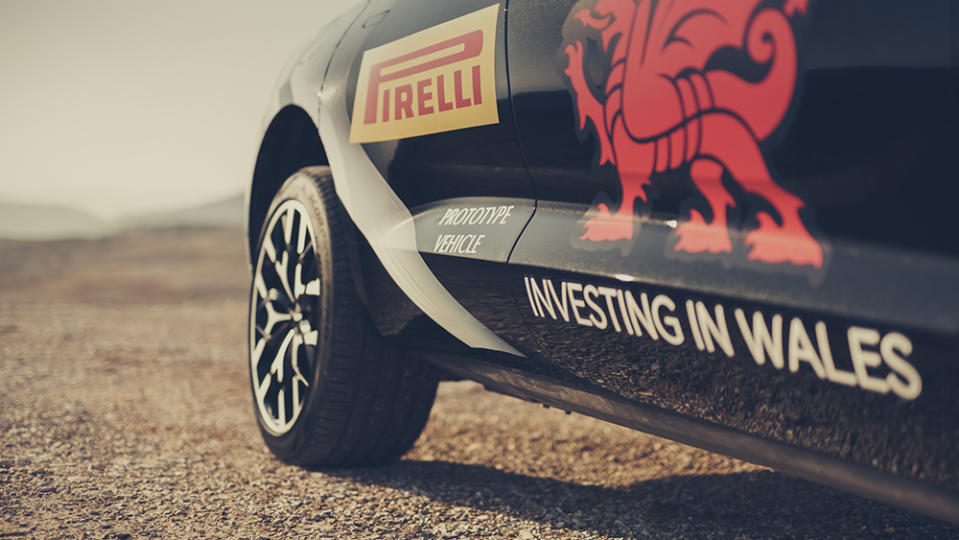
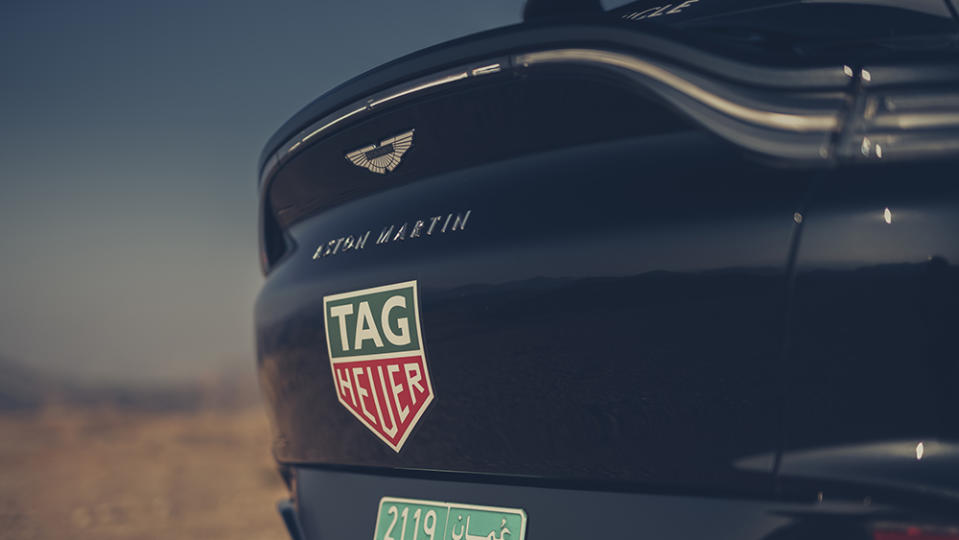
Best of Robb Report
Sign up for Robb Report's Newsletter. For the latest news, follow us on Facebook, Twitter, and Instagram.

